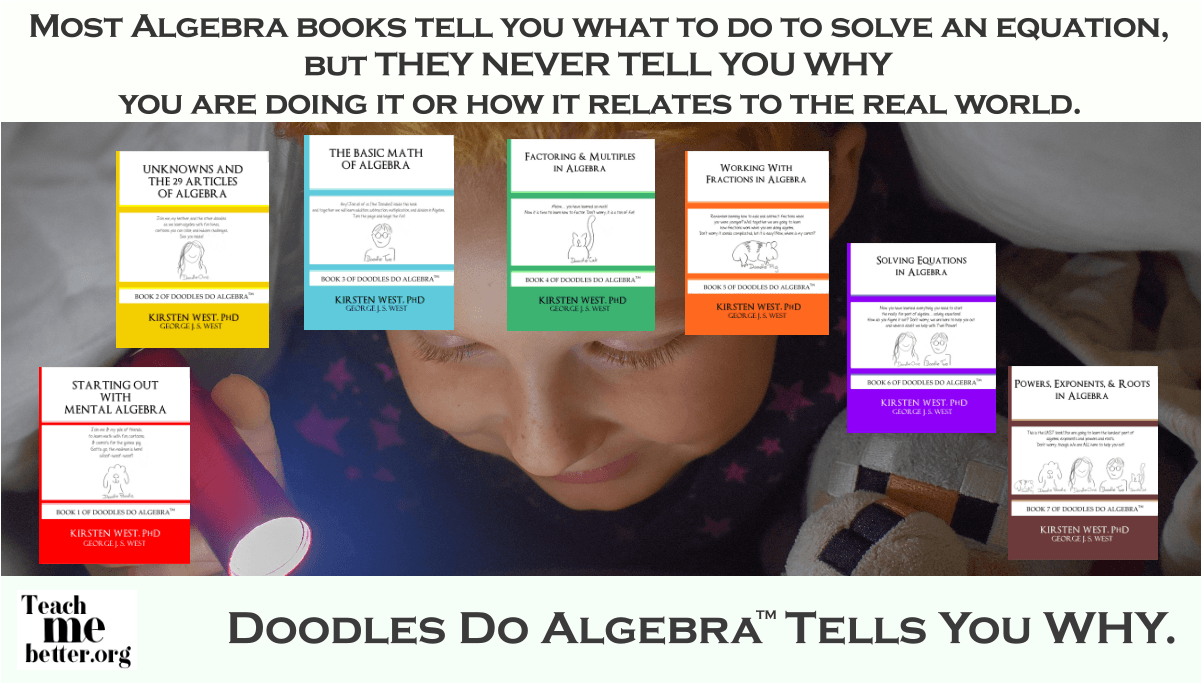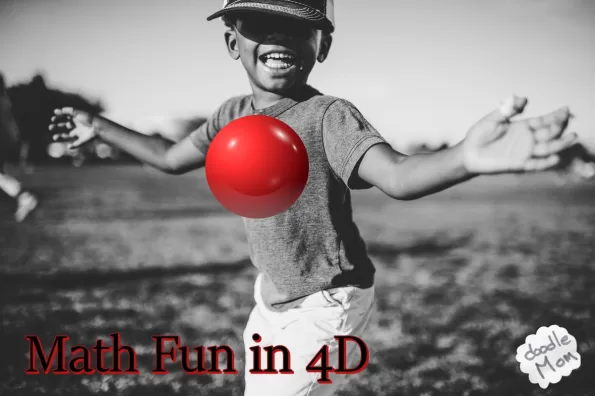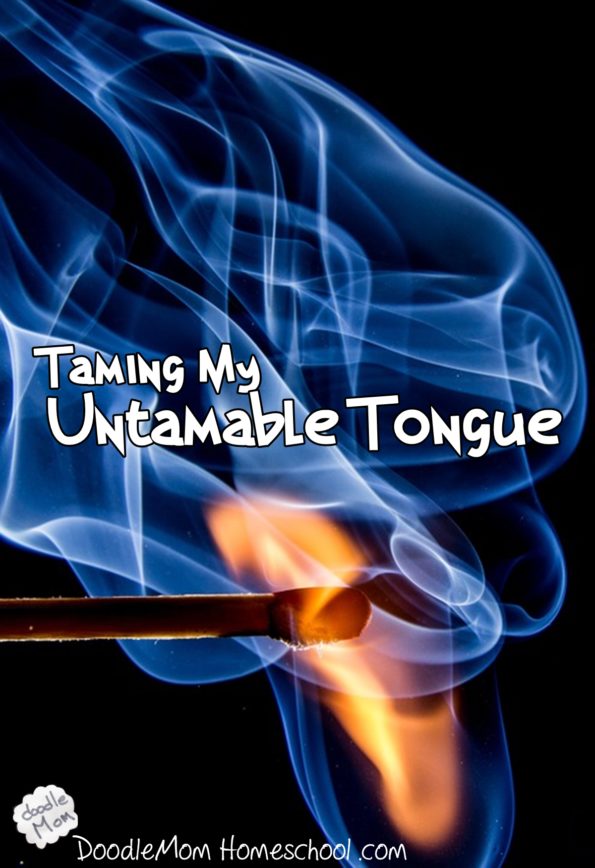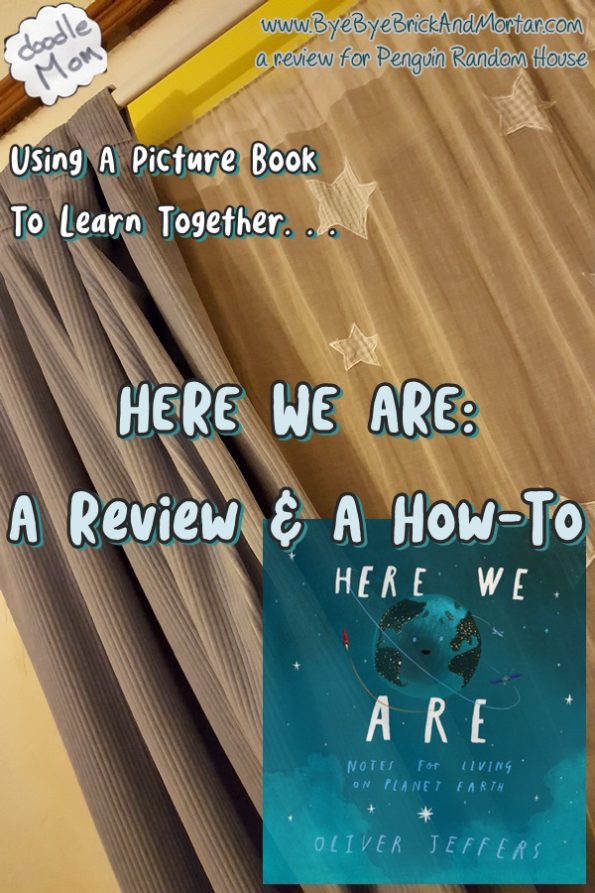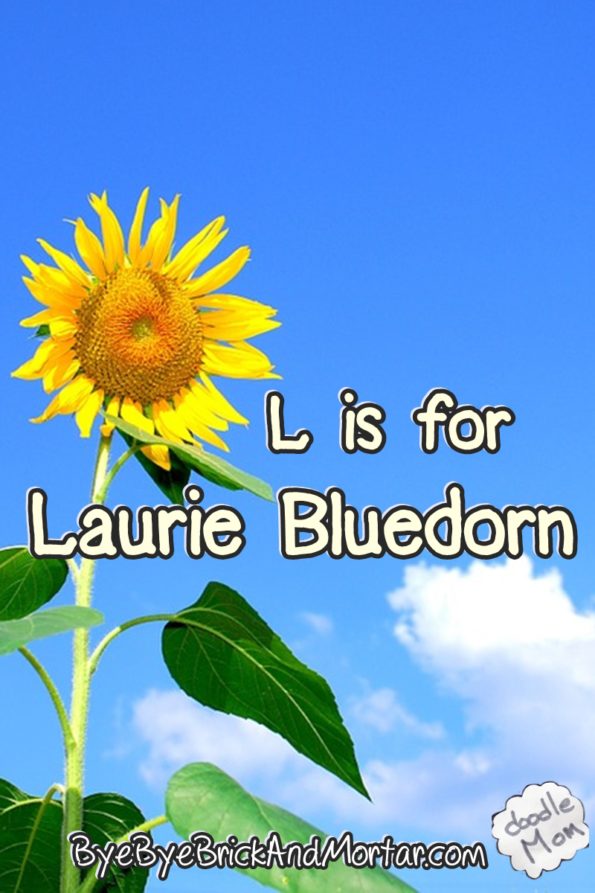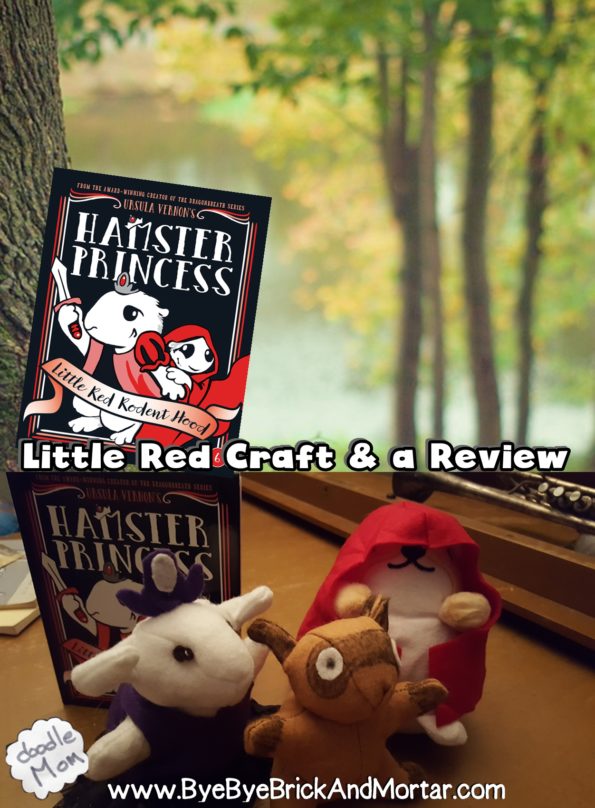Children need to learn science, but not through the lens of ‘facts’ and ‘laws’ and the ‘scientific method. They need to learn science as it is.
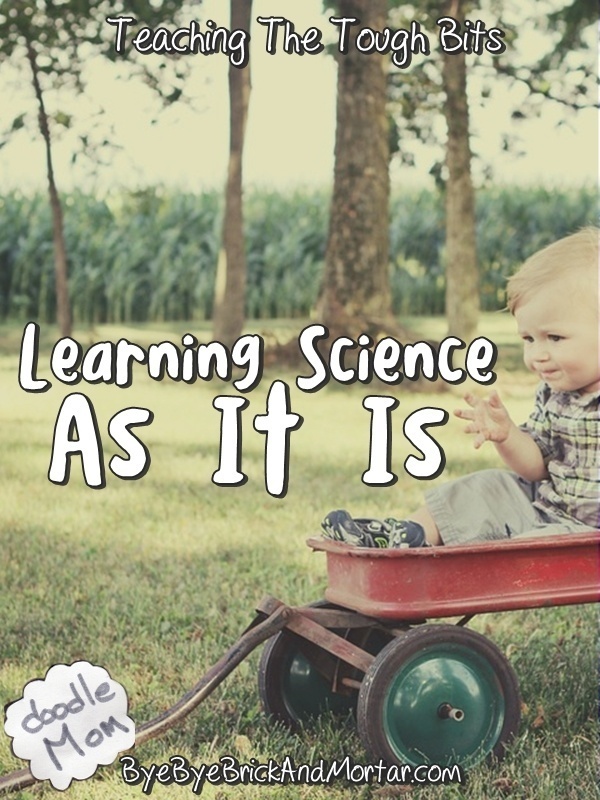 First let me share a bit of my history.
First let me share a bit of my history.
I have a background in science. Not just a few classes, but years (and lots of $) spent learning and doing science. I worked in university labs and at NASA. I built computer-controlled chaos detectors in my bedroom (yes, I did not have many friends growing up).
My goal in life was to become a university professor, have a big pile of kids, and get lost in a lab trying to discover what made all the bits inside our cells work. Sounds OK, right?
Well it didn’t work out that way.
I had everything I needed: a PhD, lots of publications in prestigious journals, and a talent for persevering and making the equipment do what I needed in order to discover new things.
But I was missing one piece: I thought that science was about inquiry and logic and exploring the beauty all around us.
Turns out, I was wrong.
Professional science today is about sticking with the group. You can discover something new, unless you find something that the group doesn’t expect. Then things get problematic.
The science world I ended up in was not the kind of place I felt comfortable in – I wasn’t willing to ‘make’ data fit expectations. It is a world where showmen use the word ‘science’ as a platform for their own ego and popularity. That seems backwards to me. Backwards and wrong.
So when I teach science to my children at home, we always focus on the logic of science and its wonders.
You need to approach science as an observer. You need to check your expectations at the door. Anything can happen. Your job is simply to watch and try to unravel the mysteries.
Any of us can teach science to our children – you don’t need a degree for that.
There is the fact part of science. That is really just about learning the names of all the bits and pieces of the world around us, named by those scientists who came before us. It is exactly the same as learning a new language. It is all about learning a new vocabulary.
And then there is the figuring out how all the things around us grow and change and exist. That figuring out part of science really uses logic. It is just the same logic you teach your kids, applied to exploring a tiny part of the world in which we live.
Teach your children science in your own words, not what you are told you should tell them.
What you see is what you see. It just is. You cannot make it turn out differently and still have it be science.
My favorite story comes from Richard Feynman, who was a brilliant physicist and a true scientist. He explained the difference between knowing the name of something and knowing something. He tells the story of being a boy and playing with a pull wagon that had a ball in it. Every time he pulled, the ball rolled to the back of the wagon.
Young Feynman wanted to know why, so he asked his father. His father said we call the thing that pushes on the ball in the wagon inertia, but no one will every know why that ball rolls back in the wagon.
This is the point of science I focus on with my children. There is a difference between knowing the name of something, and truly knowing that something. We did not make it, so we can never really know it.

